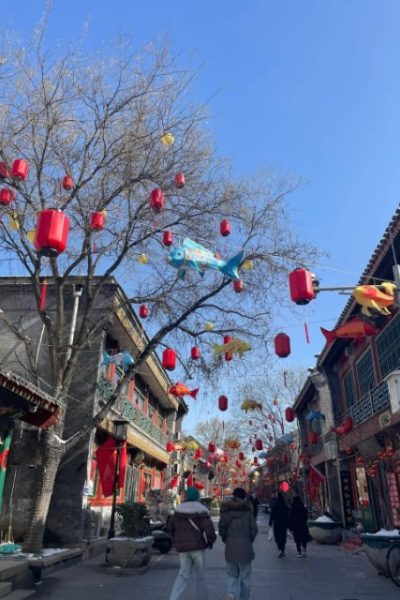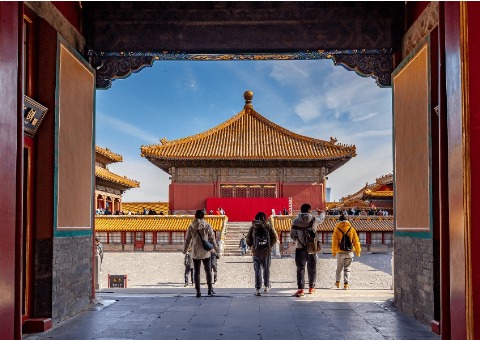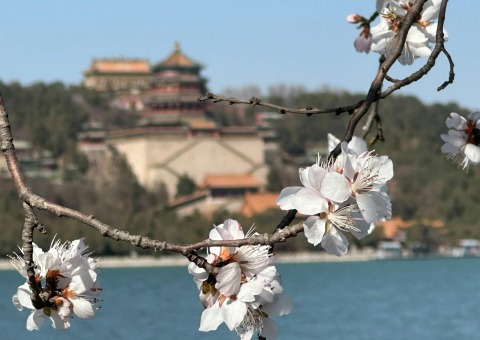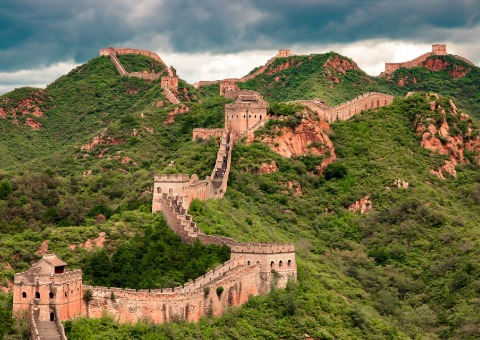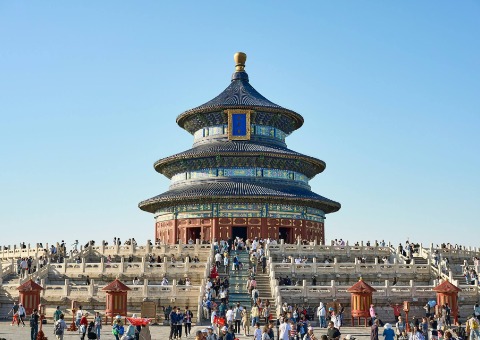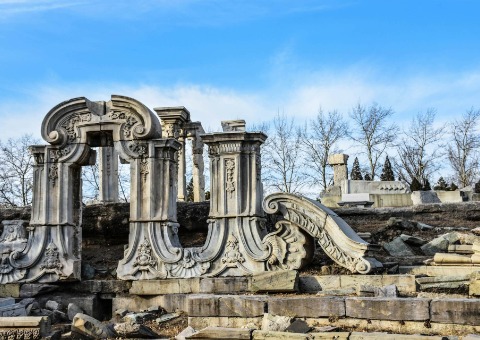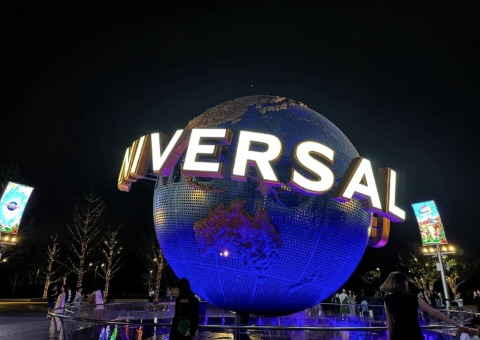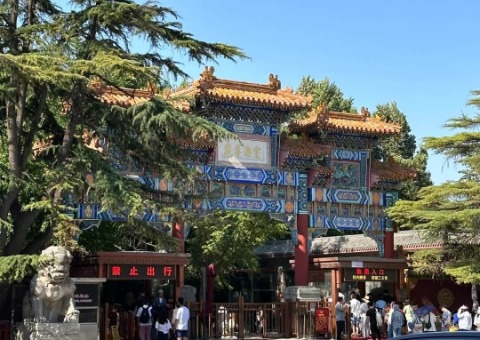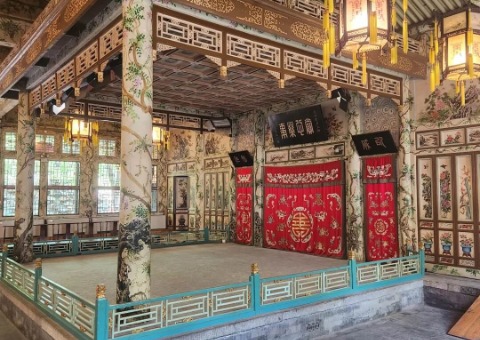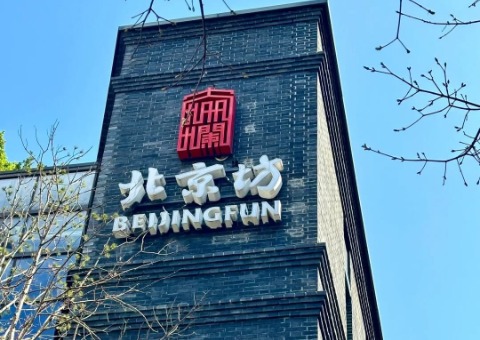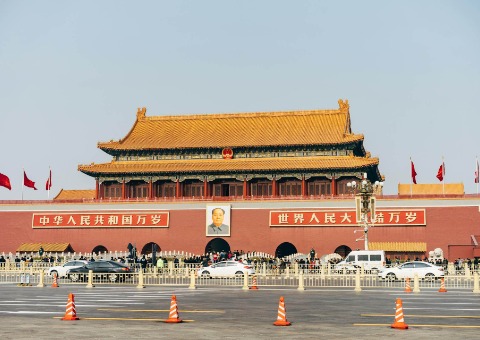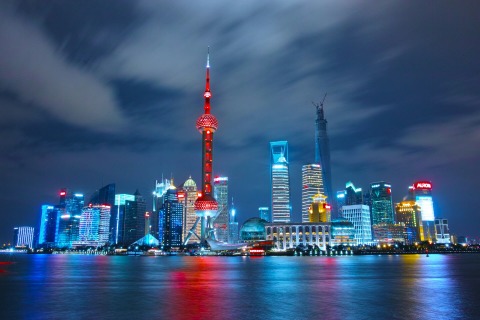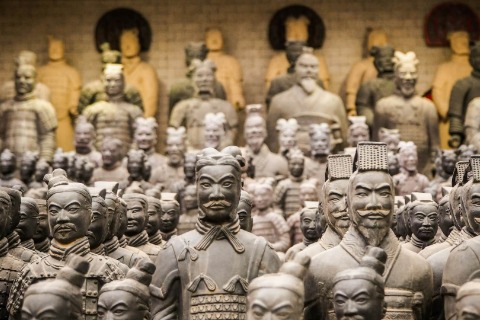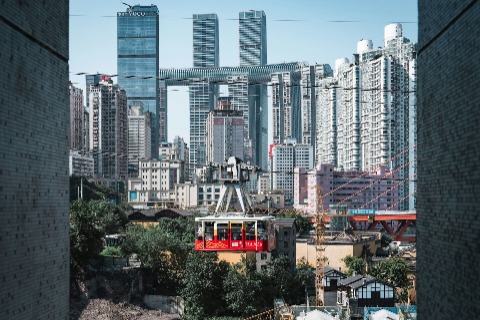Beijing Weather Guide
The four seasons are distinct, with noticeable seasonal changes
Beijing has a temperate monsoon climate, characterized by distinct seasons. Springs are dry and windy, summers are hot and rainy, autumns are crisp and clear, and winters are cold and dry.
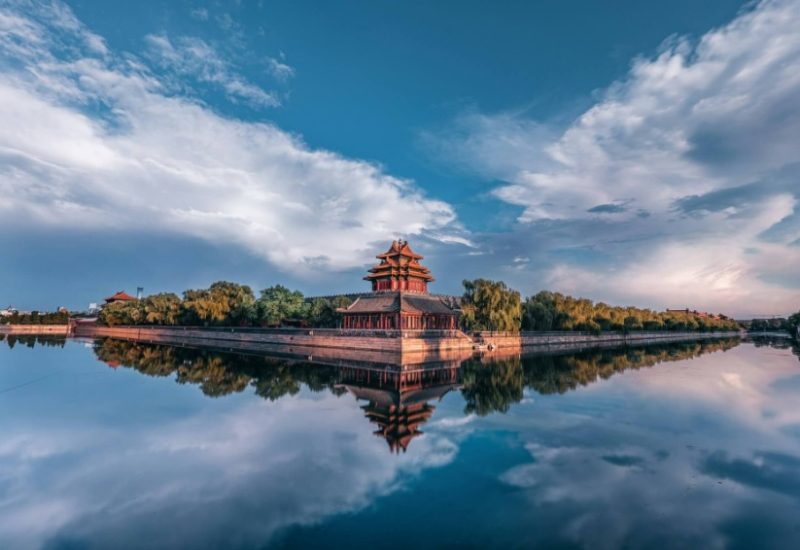
Four Seasons in Beijing
Spring (March to May)
Spring in Beijing is a dry season with very little precipitation, so visitors should stay well-hydrated. The weather can fluctuate greatly during this time, with noticeable temperature differences between day and night. Therefore, it’s advisable for visitors to adjust their clothing according to the weather changes. Spring is also a peak season for pollen allergies, so those with sensitive conditions should take special precautions, such as wearing masks and carrying antihistamines, to avoid allergy symptoms.
In terms of clothing, it’s suitable to wear spring outfits like hoodies, lightweight long-sleeve jackets, long pants, and long skirts. A thin sweater or a light trench coat can be added for cooler early mornings and evenings. Additionally, carrying a foldable umbrella can be a good choice as it provides both sun protection and rain coverage.
From early spring to late spring, Beijing showcases different flowers in bloom, including cherry blossoms, crabapples, plum blossoms, tulips, peonies, and mountain peaches. Visitors to Beijing can enjoy the stunning spring blossoms at various attractions, such as the Summer Palace, Temple of Heaven, Beihai Park, Yuanmingyuan, Jingshan Park, the Great Wall, and Xiangshan Park.
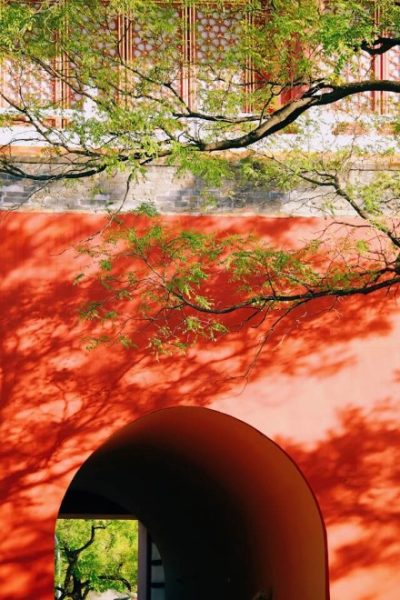
Summer (June to August)
Summer in Beijing is hot and humid, with average temperatures ranging from 21°C to 38°C (70°F to 100°F). The city is influenced by warm, moist air from the ocean, leading to significant rainfall, particularly in July and August, which account for over 60% of the annual precipitation.
During this season, it’s advisable to wear cool and breathable clothing made of cotton or linen, such as shirts, light long skirts, and thin T-shirts, to cope with the high temperatures. Due to the intense sunlight, it’s important to have sun protection gear like sunscreen, sunglasses, and a hat to shield your skin and eyes.
Summer in Beijing also offers flower viewing opportunities, including lotus flowers, lavender, and hostas, which bloom in various parks and locations, adding color and vibrancy to the city.
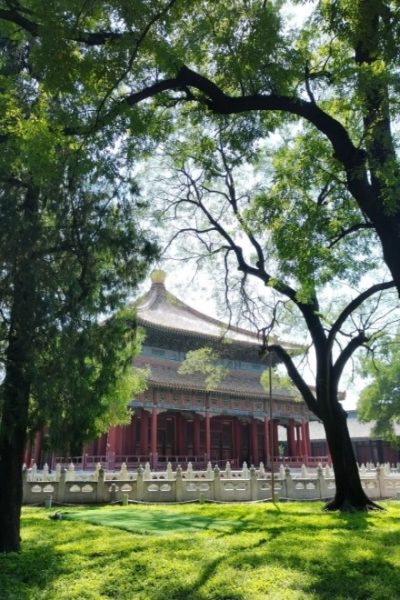
Autumn (September to November)
In autumn, temperatures in Beijing range from about 15°C to 26°C (59°F to 79°F). This season is dry with little rainfall, resulting in relatively dry air. There is a noticeable temperature difference between day and night, with warm and pleasant days but cooler mornings and evenings.
Given the temperature fluctuations, it’s advisable to bring a light jacket, such as a denim jacket, trench coat, or cardigan, to accommodate the changing temperatures. For layering, breathable and comfortable long-sleeve T-shirts or shirts work well, and choosing warm tones that match the autumn scenery, like off-white, light gray, or khaki, is a good idea.
Autumn in Beijing is especially picturesque. Parks like Xiangshan and the Badaling Great Wall are covered in vibrant red leaves, creating stunning views. The Summer Palace and Beihai Park also offer beautiful autumn scenes, with golden ginkgoes and bright red maples enhancing the landscape. The autumn colors in the hutongs are equally charming, featuring golden ginkgoes and vibrant red climbing vines.
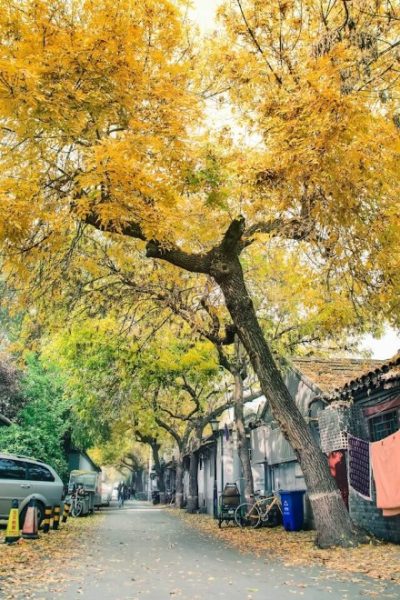
Winter (December to February)
In winter, Beijing experiences average temperatures ranging from -5°C to 5°C (23°F to 41°F). During the day, temperatures generally hover around 2°C to 5°C (36°F to 41°F), but at night, they can drop to about -5°C (23°F). Beijing’s winter is very dry with minimal precipitation, so staying hydrated is important. Although daytime temperatures are relatively higher, they can still fall significantly at night, with extreme cold conditions potentially reaching as low as -13°C (8.6°F).
To stay warm during Beijing’s winter, it’s advisable to wear insulating clothing such as trench coats, overcoats, padded jackets, sweaters, thermal suits, and other cold-weather gear.
Beijing’s snow-covered scenery is particularly enchanting, drawing many visitors and locals alike. Iconic sites like the Badaling Great Wall, Prince Gong’s Mansion, Guozijian (Imperial College), Temple of Heaven, White Pagoda Temple, Shichahai, Beihai Park, the Drum and Bell Towers, and the Bird’s Nest stadium all transform into stunning winter landscapes under a blanket of snow.
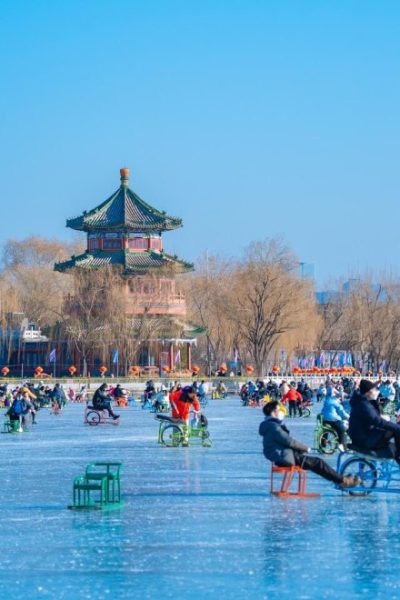
Peak and Off-Peak Seasons for Tourism in Beijing
Peak Tourist Seasons in Beijing
The peak tourist seasons in Beijing are from March to May in spring and from September to November in autumn. During these periods, the weather is pleasant and the scenery is stunning, making it an excellent time for travel. In spring, with nature in full bloom and moderate temperatures, it’s an ideal time for sightseeing. Parks across Beijing are adorned with beautiful flowers, with the peach blossoms at the Summer Palace and the cherry blossoms at Yuyuantan Park being particularly breathtaking.
Autumn brings clear blue skies and mild weather, perfect for outdoor activities like hiking the Great Wall and enjoying the fall foliage. Both of these seasons offer not only beautiful landscapes but also a chance to avoid the intense summer heat and the harsh winter cold, providing visitors with a more serene and comfortable travel experience.

Off-Peak Seasons in Beijing
The off-peak tourist seasons in Beijing mainly occur during winter, particularly from December to February. Outside of winter, the shoulder seasons include early spring and late autumn, especially May and September. In May, while spring is in full bloom and temperatures are warming up, the number of tourists hasn’t reached its peak. Visiting Beijing during this time allows you to avoid large crowds and enjoy a more peaceful and comfortable travel experience, with the added benefit of lower ticket prices and accommodation costs, which can help save on travel expenses.
Although winter in Beijing is cold, it offers unique attractions, such as the snow-covered Summer Palace and the Forbidden City, which present a different kind of beauty. Additionally, winter is a great time to enjoy Beijing’s popular dishes like hot pot and zhajiangmian (noodles with soybean paste), making it a rewarding season for both sightseeing and dining.
